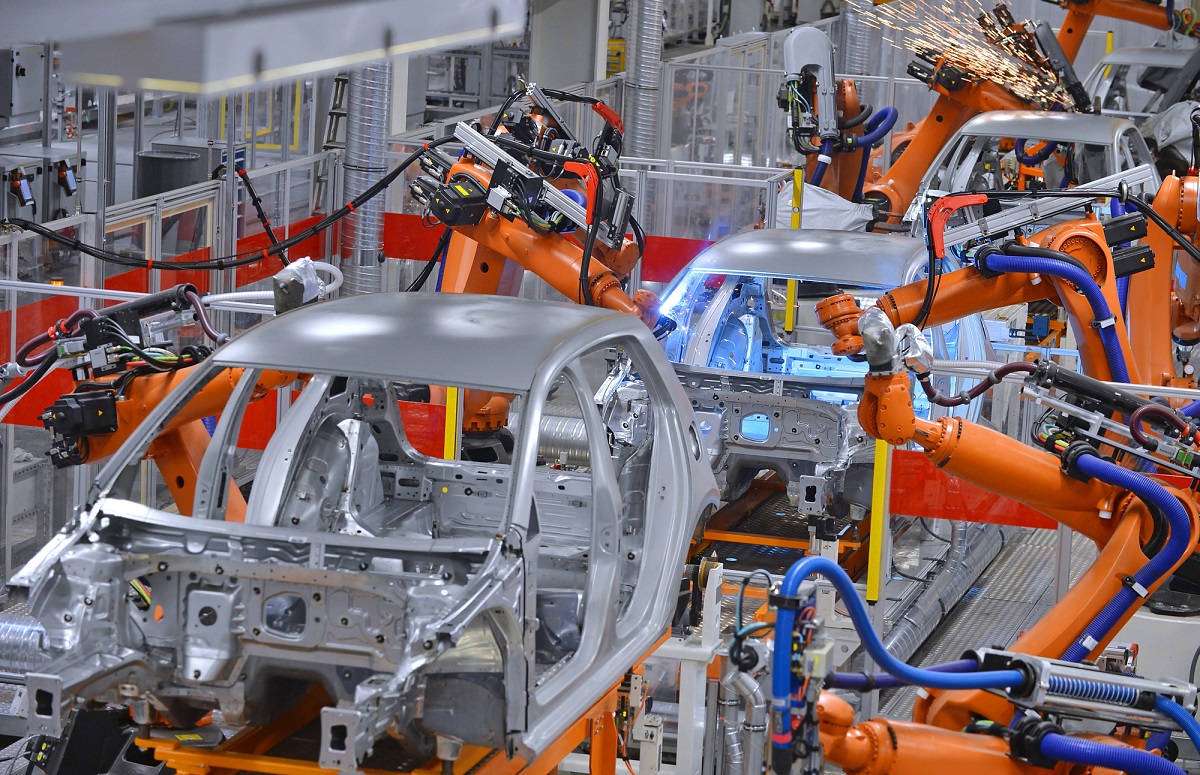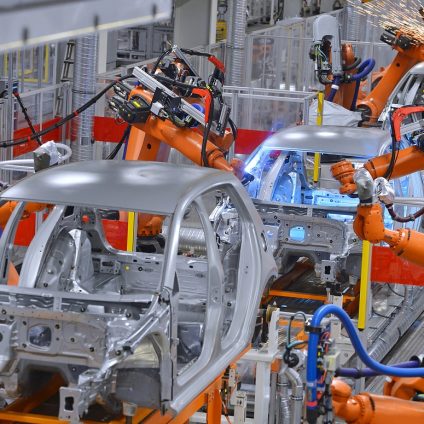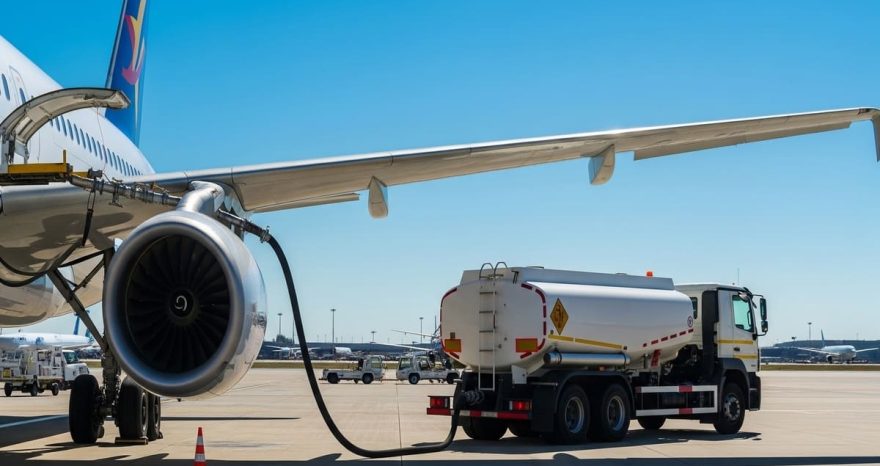Automotive crisis: Stellantis and Renault urge the EU to ease regulations as China is set to overtake Europe and the U.S. in car production by 2025

Automotive industry leaders sound the alarm over Europe’s future
The future of Europe’s car manufacturing is in jeopardy. That’s the message from two of the industry’s major players, Stellantis chairman John Elkann and Renault Group CEO Luca de Meo, who issued a stark warning in an interview with French daily Le Figaro. The two executives called for “a radical and swift simplification of regulations to make popular cars viable again.” Their message is clear: “the fate of Europe’s auto industry will be decided this year,” they said.
Why Europe’s automotive sector is on edge
According to Elkann and de Meo, 2025 will be a turning point. “For the first time, China will produce more vehicles than Europe and the United States combined,” they said, calling it a critical year that could draw a clear line between what came before and what follows. If Europe is willing to become “just a market” rather than “a hub of car manufacturing,” the decision must be made now. “At this rate of decline, in five years it will be too late.”
2025: the breaking point
Renault’s CEO warned that 2025 will bring catastrophic sales numbers. And this isn’t just about company profits. The automotive sector currently brings in €400 billion in annual tax revenue across Europe. Stellantis and Renault hold a combined 30% of the market and aim to continue producing and selling affordable vehicles. But EU regulations are making that harder. “European rules are making our cars increasingly complex, heavier, and more expensive. Most people simply can’t afford them anymore,” said de Meo. Is Europe doomed to become just a consumer market, leaving behind its historic leadership in automotive manufacturing?
read also Will Europe Be Self-Sufficient in EV Batteries by 2030?
U.S. tariffs hit auto parts
Meanwhile, the United States has imposed a 25% tariff on most imported auto components. The new duties will take effect even though former president Donald Trump recently signed an executive order to soften the blow by introducing reimbursements to protect American automakers.
A growing trade conflict
The EU is still waiting for signs of progress in trade talks, according to EU trade commissioner Maros Sefcovic, who spoke at the European Parliament in Strasbourg. While negotiations continue, “all options remain on the table.” The U.S. has temporarily paused reciprocal tariffs, prompting the EU to suspend its first set of countermeasures. But around 70% of European exports to the U.S. are still subject to duties.
And it doesn’t end there. Trump is reportedly investigating imports of lumber, pharmaceuticals, microchips and chip-making equipment, critical minerals, trucks, and spare parts. If these new items are also targeted, it would bring the total to €549 billion in additional tariffs – roughly 97% of European exports.












